To design for longer product lifetime and to promote the use of responsible materials are two of our main priorities related to reducing our environmental footprint. Explore our materials guide to learn more about each material : What it is, where it is manufactured, how it is made and why we love it.
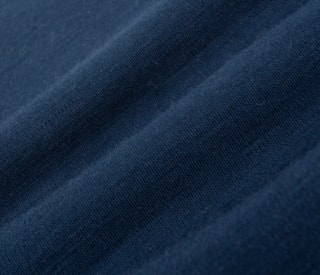
Materials overview
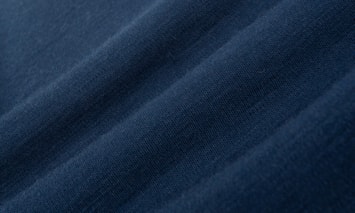
Merino
Wool from the merino sheep is particularly soft and delicate. It is widely used for underwear, children’s clothing and other soft clothing. We use merino wool of 18.5 micron – categorized as a very fine merino wool quality. WoolLand products contain only certified mulesing-free merino wool, from Australian sheep.
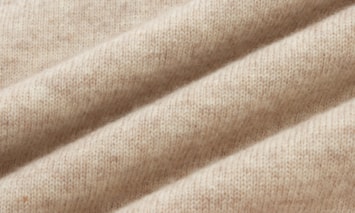
Kashmir
Kashmir wool shares the advantages of Merino like softness, temperature regulation, breathability, smell resistance and humidity control. Unlike Merino, Kashmir is extremely rare. This ultra-fine fibre is the incredibly soft underwool taken from under the neck of the Kashmiri goat. The fibre is six times thinner than a human hair, which makes it feel extremely soft and luxurious. These properties make the Kashmir wool perfect for knitted products.
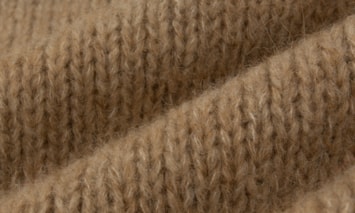
Alpaca
Alpacas are found in Peru and live high up in the mountains, where it is cold and snowy. For this reason, alpaca is warmer than any other wool. It does not itch, and is hyper allergenic, i.e. suitable for people with allergies. We use alpaca in our knitted products.
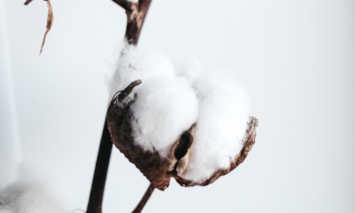
Cotton
Cotton is a natural fibre that is gentle on the skin, comfortable to wear and has moisture-absorbing properties. In addition, it is durable, brerathable and easy to maintain. WollLand products are mainly made from wool, but some styles are a 50/50 mix of merino wool and cotton – because we know that some customers are skin sensitive and that wool makes them itch. By adding a cotton inner layer to wool garments, more people can enjoy the many superb properties of wool. WoolLand uses only OEKO-TEX 100® GOTS (Global Organic Textile Standard) certified cotton in our products.
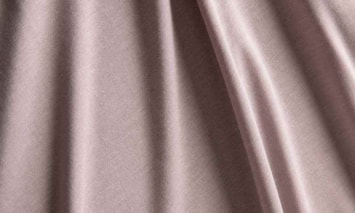
Tencel™
Tencel™ is a registered trade mark for lyocell from the textile manufacturer Lenzig. To our great satisfaction, Tencel™ has many of the same properties as wool: the garment becomes soft, durable and it absorbs moisture. This makes it a perfect companion our silky-soft merino wool. Tencel™ ranks high among environment-friendly textiles, both as a raw material and its manufacturing process. The forestry required to prepare raw material for the manufacturing of Tencel™ takes place on land that is poorly suited for agriculture. The manufacturing process for Tencel™ requires less energy and 95% less water compared to the manufacturing process for cotton.

Featherless down
3M™ THINSULATE
3M™ Thinsulate featherless insulation is an innovative material that replaces natural down. It mimicks the look and feel and performance of natural down, and even surpasses it when the material is wet. We use 3M™ Thinsulate™ insulation in some of our outer layer products.
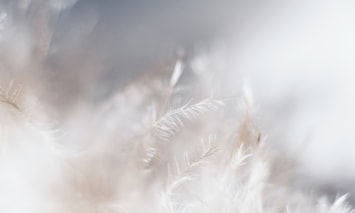
Down
Down is the soft under-feathers from duck or geese. These feathers are light and airy and insulate well – by creating and keeping pockets of warm air. Down is particularly well suited in outer layer clothes. WoolLand only uses down from animals that have been treated humanely and are a bi-product from the food industry. Our down products have a fillpower of 700. Fillpower measures the fluffiness and quality of the down. Higher fill power means the down will have better quality, higher loft, and will retain its firmness longer. A high quality down jacket should have a fillpower of at least 550.

Nylon
Durability is a key quality of clothes and a key priority for us when we design our wool products. Wool is a soft fibre, and it gets worn and pulled apart during use and cleaning. By introducing a small amount of nylon, the wear and tear is reduced and adds to the lifetime of the wool garment. Since wool has such delicate fibres, it is prone to shrinking. This happens when the wool is washed or otherwise exposed to water. This tendency is reduced with the addition of nylon fibres. This will also reduce felting that will take place when a garment is used.

Spandex
Spandex is also known as elastan. Spandex is a synthetic and technical fibre that is used in small amounts in combination with natural fibres such as cotton or wool, when elasticity is particularly important. In some products, like our wool jeans, we include a small amount of Spandex to increase the elasticity, because this is an important feature of the product. Increased elasticity means it will regain its shape faster, which again will make it easier to maintain and prolong its lifetime.

Polyester
WoolLand makes and markets wool products, in some cases in combination with small amounts of synthetic materials like polyester. Some of our wool products are made with polyester to enhance durability and add to the wool’s ability to transport moisture and keep you warm.